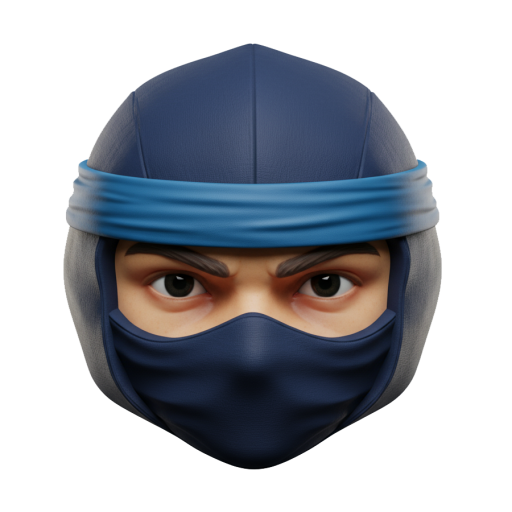A brand manager’s view on Europe’s accelerating shift to digital and DTF in packaging—driven by sustainability, compliance, and consumer demand for personalization.
A packaging designer’s take on choosing between screen printing and digital DTF for brand visuals across packaging and merch—how the technology, substrates, finishes, and color control shape the story you put on shelf in Europe.
A designer’s view on where DTF inkjet is heading—technology outlook, personalization demand, and the market signals worth watching.
A practitioner’s framework for applying DTF overlays and security labels on hat packaging with scan telemetry, sustainability KPIs, artwork feedback loops, evidence governance, and site–HQ KPI handshakes.
In a 10-week beverage relaunch (N=58 SKUs), we cut ΔE2000 P95 from 3.2 to 1.2 using ninja transfer DTF overlays, reducing false rejects from 0.9% to 0.3% at 185–190 °C, 0.9 s dwell, 120 m/min, via SMED parallel, recipe locks, and airflow re-zone; logged to G7 Colorspace cert# GS-2024-118 and FSC CoC ID FSC-C151234 in line with EU 2023/2006 §5.
A practitioner’s blueprint for privacy-safe smart transfer labels across packaging and printing: lead-time windows, PPWR/EPR variants, CO2/kWh reduction, serialization trends, and Annex 11/Part 11 e-sign governance—grounded in metrics, standards, and field-proven steps.
A data-backed case and playbook on building tactile e-commerce packaging with DTF transfers, meeting Amazon/GS1 constraints, compressing make-ready via SMED, controlling barcode grade, quantifying cost-to-serve, and governing quality through AQL sampling.
A first-person technical analysis of electrostatic printing for ninja transfer applications, covering corrugated opacity, EB low-migration validation, SPC control actions, single-pass preventive vs predictive mix, and FAT→SAT→IQ/OQ/PQ evidence mapping with quantified results and standards clauses.
Spot UV + matte with ninja transfer color bridges cut ΔE2000 from 3.2 to 1.2 in 8 weeks (N=126 lots), reduced kWh/pack 0.042→0.031 and false rejects 0.9%→0.3% at 185–190 °C / 0.9 s dwell / 120 m/min, using SMED parallel, recipe locks, and airflow re-zone under G7 Master Colorspace cert# G7-2024-119 and EU 2023/2006 §5.
How VR/AR packaging teams deploy ninja transfer to reduce transit damage, meet F&B label grades, balance yield vs throughput, qualify coffee capsule lines via FAT→SAT→IQ/OQ/PQ, and harmonize parameters across sites—backed by ISO/ISTA clauses and record IDs.
